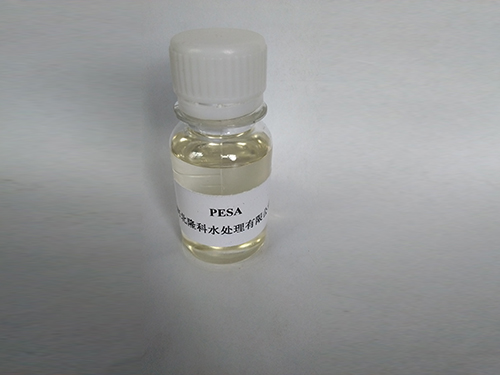isothiazolinones
Understanding Isothiazolinones Uses, Benefits, and Safety Concerns
Isothiazolinones are a class of chemical compounds that have gained prominence in various industries due to their effective biocidal properties. These compounds, which include well-known types such as methylisothiazolinone (MI) and chloromethylisothiazolinone (CMI), are primarily used as preservatives in personal care products, paints, and industrial applications. Their ability to inhibit the growth of bacteria, mold, and algae makes them indispensable in maintaining the integrity and longevity of numerous products.
Applications of Isothiazolinones
One of the most common applications of isothiazolinones is in the cosmetics and personal care industry. They are frequently found in lotions, shampoos, conditioners, and other formulations to prevent microbial contamination. Their ability to extend the shelf life of products is essential, particularly in items that contain water, which can promote the growth of bacteria and fungi.
In addition to cosmetics, isothiazolinones are widely used in household products like detergents, cleaning agents, and even industrial products such as paints, adhesives, and coatings. In these applications, they play a crucial role in preventing spoilage and ensuring product efficacy over time.
The Mechanism of Action
Isothiazolinones work by disrupting the cell membranes of microbes, leading to their death. This mode of action is effective against a broad spectrum of microorganisms, making these compounds a valuable asset in both consumer products and industrial applications. However, their potency raises questions about potential health risks, particularly in human exposure.
Health and Safety Concerns
isothiazolinones

Despite their effectiveness as preservatives, isothiazolinones have drawn criticism and concern due to potential allergic reactions and sensitization in some individuals. Methylisothiazolinone, in particular, has been associated with contact dermatitis, prompting regulatory agencies and health organizations to advocate for lessening its use in rinse-off products like shampoos and conditioners.
In response to these concerns, some manufacturers have reformulated their products to either eliminate or reduce the concentration of isothiazolinones, seeking safer alternatives. Nevertheless, the debate continues regarding their acceptable use levels and potential impacts on human health.
Regulatory Overview
Isothiazolinones are subject to strict regulations in many countries. In the European Union, for instance, the use of these compounds is regulated under biocidal products legislation. Manufacturers must comply with specific concentration limits aimed at minimizing health risks while still benefiting from their preservative properties. Similarly, in the United States, organizations like the Environmental Protection Agency (EPA) monitor the use of biocides, including isothiazolinones, ensuring consumer safety is prioritized.
Future Perspectives
The ongoing dialogue about the safety of isothiazolinones has spurred research into alternative preservatives and innovative formulations that minimize risks. The push for greener and safer products is gaining momentum in the cosmetic and household cleaning industries. Potential alternatives, such as natural preservatives derived from plants, are being explored, though their efficacy and stability must match that of established synthetic compounds.
Conclusion
Isothiazolinones represent a significant breakthrough in preserving the quality and safety of various products that we use daily. While they offer undeniable benefits in preventing microbial growth and extending product shelf life, the associated health concerns cannot be overlooked. The industry must navigate this delicate balance, striving for safety and effectiveness, ultimately leading to safer consumer products. As research continues and regulatory landscapes evolve, the future of isothiazolinones and their alternatives will play a critical role in product formulation across diverse sectors. Balancing efficacy with health safety is essential as we look forward to innovations that meet consumer demands and protect public health.
-
Pbtc Scale InhibitorPBTC: A Scale Protector for Industrial Water TreatmentNewsAug.05,2025
-
Organic Phosphonate: An Efficient Defender in the Field of Scale InhibitionNewsAug.05,2025
-
Hydrolyzed Polymaleic Anhydride: Green Pioneer in Scale Inhibition FieldNewsAug.05,2025
-
PAPEMP Polyamino Polyether Methylene Phosphonic Acid For SaleNewsAug.05,2025
-
Flocculant Water Treatment: A Pioneer in Purification in the Field of Water TreatmentNewsAug.05,2025
-
Benzyl Isothiazolinone: An Efficient and Broad-Spectrum Antibacterial Protective GuardNewsAug.05,2025





